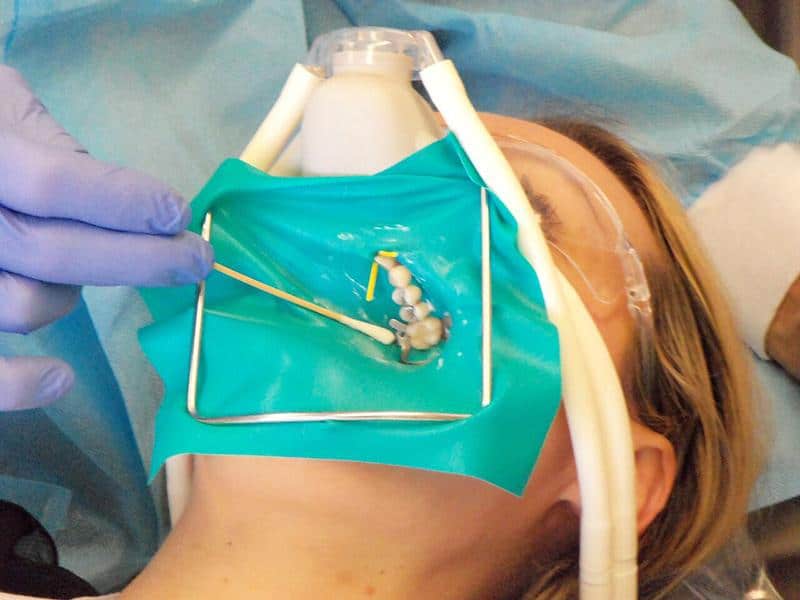
BIOLOGICAL REMOVAL OF MERCURY FILLINGS
What are Mercury Fillings?
Properly known as Dental Amalgam, it is the most widely used dental filling material for the past 150 years. It is strong, long-lasting, and is the least expensive type of filling material. It is a metal alloy (a mixture of tin, copper and zinc) dissolved in liquid mercury.
Why is mercury used in dental amalgam?
Mercury is the solvent that allows different metal particles to mix together. It is the only metal that is in a liquid state at room temperature. When first mixed, the liquid mercury allows amalgam to be pliable enough to be packed into the cavity. Once the amalgam fully hardens, it can withstand biting and chewing forces.
Are dental amalgams safe?
Scientific research has shown that amalgam fillings release low levels of mercury vapour over time. Brushing your teeth and chewing causes even more mercury vapour to be released. This mercury vapour is then inhaled and absorbed through the lungs.
Amalgam also tends to corrode within the tooth over time, producing heavy metal-rich corrosion byproducts that inhibit the growth of bacteria.
According to the US Food and Drug Administration (FDA) in 2018, there is no clear causal link between dental amalgam use and health problems in the general population.
Within the dental fraternity, discontinuing the use of dental amalgam completely is still controversial. The World Health Organization (WHO) and World Dental Federation (FDI) has suggested phasing out amalgam use gradually in accordance with the Minamata Convention.
Replacement of dental amalgams is done when severe damage, cracks, surface corrosion or marginal leakage with recurrent decay is present.
If you have been diagnosed with a metal allergy, contact sensitivity or lichenoid reaction inside your mouth to metals, keeping your amalgams may also be an issue. Elite Dental works closely with holistic medical physicians who can run tests and bloodwork for such concerns.
Elite Dental Group is a mercury-free practice.
How is biological removal of mercury fillings at Elite Dental Group done?
Mercury vapour is released during the placement and removal of amalgam fillings. It is for this reason that amalgam removal is potentially harmful to the patient, the dentist, dental staff, and the environment.
At Elite Dental, your safety is our top priority. That is why we practice biological removal of amalgam, to minimize exposure to excessive amounts of mercury vapour.
Step 1: Safety measures (Visit 1)
Everyone involved (dentist, nurses and patient) will be wearing protective gowns and covers. A well-sealed nose piece to supply you with oxygen ensures that you will not inhale mercury vapour during the procedure.

Next, a well-sealed rubber dam will be placed over the teeth to be treated. This ensures that amalgam dust and mercury vapour cannot be inhaled through the mouth or swallowed.
Step 2: Removing the dental amalgam (Visit 1)
After the isolation and numbing of your teeth, the amalgam fillings are then removed. A high volume suction removes the debris and vapour generated. Once the amalgam is removed, your teeth are rinsed with water, and then rinsed with an antiseptic solution.
If you are going to replace the amalgam with an inlay or an onlay, a mould of the tooth is then made and transferred to the dental laboratory. A temporary filling will then be placed to protect your tooth in the meantime.
If you have chosen to replace the amalgam with a direct composite resin (plastic) filling, this will be completed on the same day.
Step 3: Fitting of ceramic inlay or onlay (Visit 2)
Once your inlay/onlay is ready, the temporary filling will then be removed. The inlay/onlay is then permanently bonded to your tooth with a dental adhesive. Your bite will then be checked to ensure that it is balanced before we give the new inlay/onlay a final polish.




